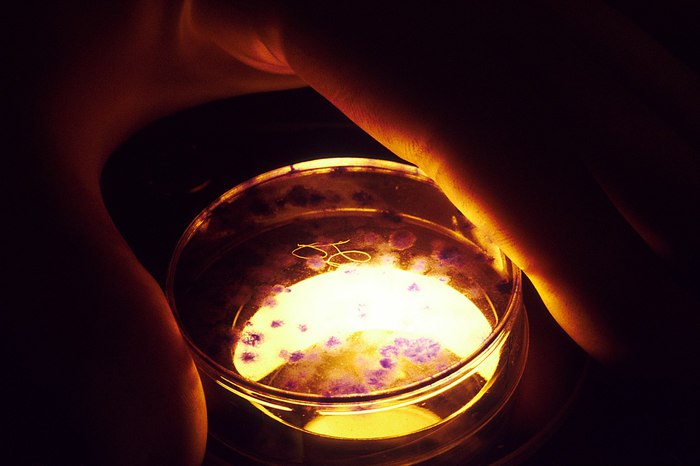The proteins that indicate aging have been catalogued in an atlas: the cells that show the first signs of subsidence due to age have no more secrets and knowing them will speed up research on a new generation of anti-aging drugs. Called Proteomic Atlas of Senescence-Associated Secretomes, the atlas have been published in the PLOS Biology journal of the Buck Institute.
The researchers, led by Nathan Basisty and Birgit Schilling, classified the main proteins of aging in humans, called SASP (Senescence-Associated Secretory Phenotype), obtaining the largest database available today. They have expanded the number of aging-related proteins known so far, bringing it to over a thousand.
It has long been known that senescent cells, which stop dividing when under stress, are associated with both aging and the appearance of various diseases. Their effect and that of the SASP proteins they produce emerged in the observations made on mice, so as to induce many pharmaceutical companies to develop molecules capable of fighting them.
However, to develop new drugs simple and reliable biomarkers are needed which help to assess the presence of senescent cells in human tissues. "Our hope - comments Schilling - is that the SASP Atlas will facilitate identification of proteins that drive specific senescence-associated phenotypes and catalog and develop potential senescence biomarkers to assess the burden and origin of senescent cells in vivo ". The Buck Institute's results have also been validated by the Baltimore Longitudinal Study of Aging (BISA), the largest study on aging markers, managed by the National Institute on Aging (NIA) and conducted on 3,200 volunteers.
Like molecular investigators, the researchers "cataloged the different types of cell death on the basis of the different SASP produced", explains Angelo Reggiani, neuropharmacologist of the Italian Institute of Technology (IIT) of Genoa. "It is a bit like having fingerprints of different types of cell death", explains the expert and "for the future - he concludes - you can imagine having biomarkers that indicate the state and type of aging when the disease is still not developed or to verify the effectiveness of drug. "









Caricamento commenti
Commenta la notizia